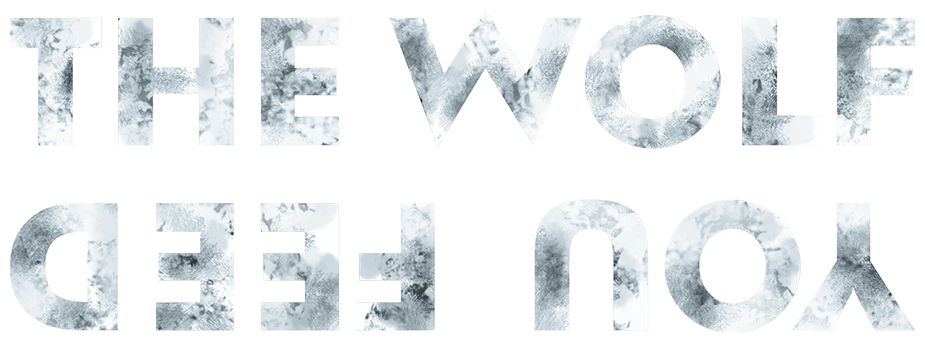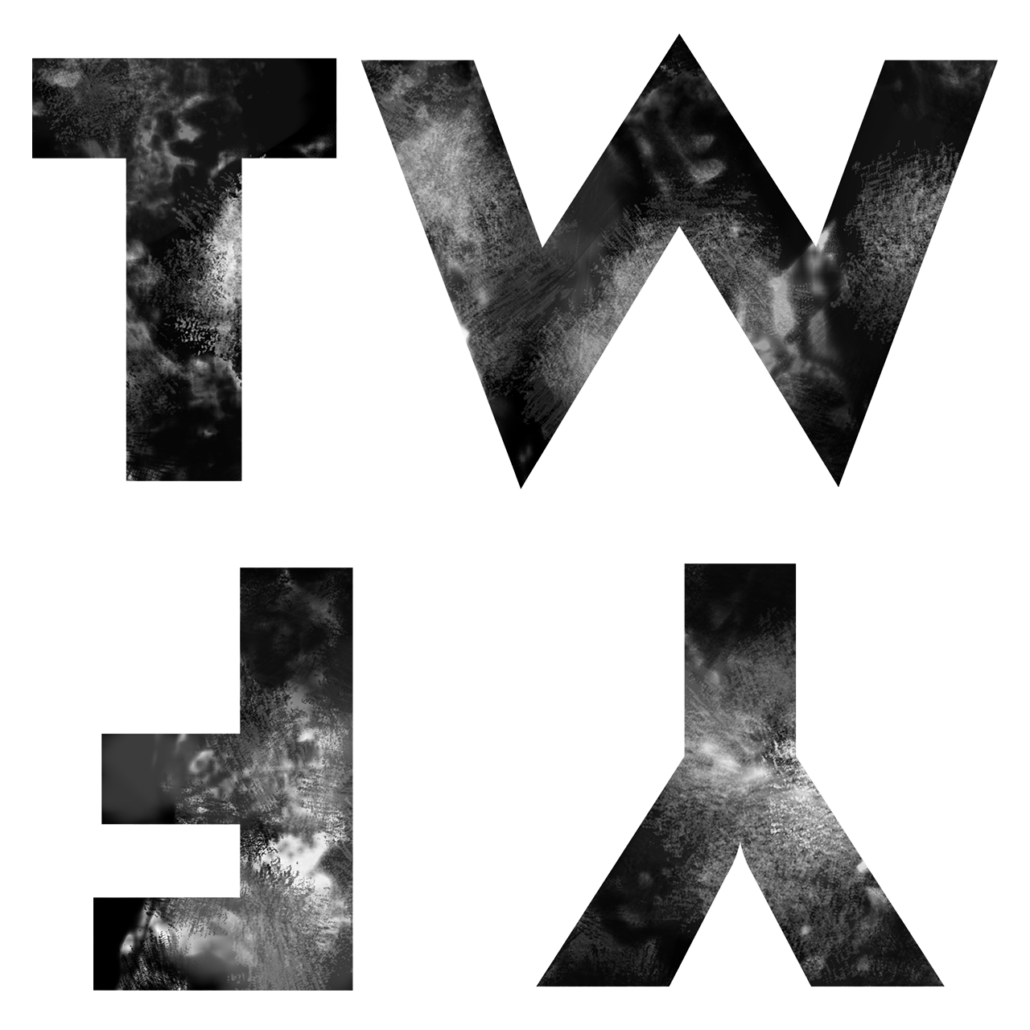Easter Eggs
& Fun Facts
…And the Wild Returns
February 2020
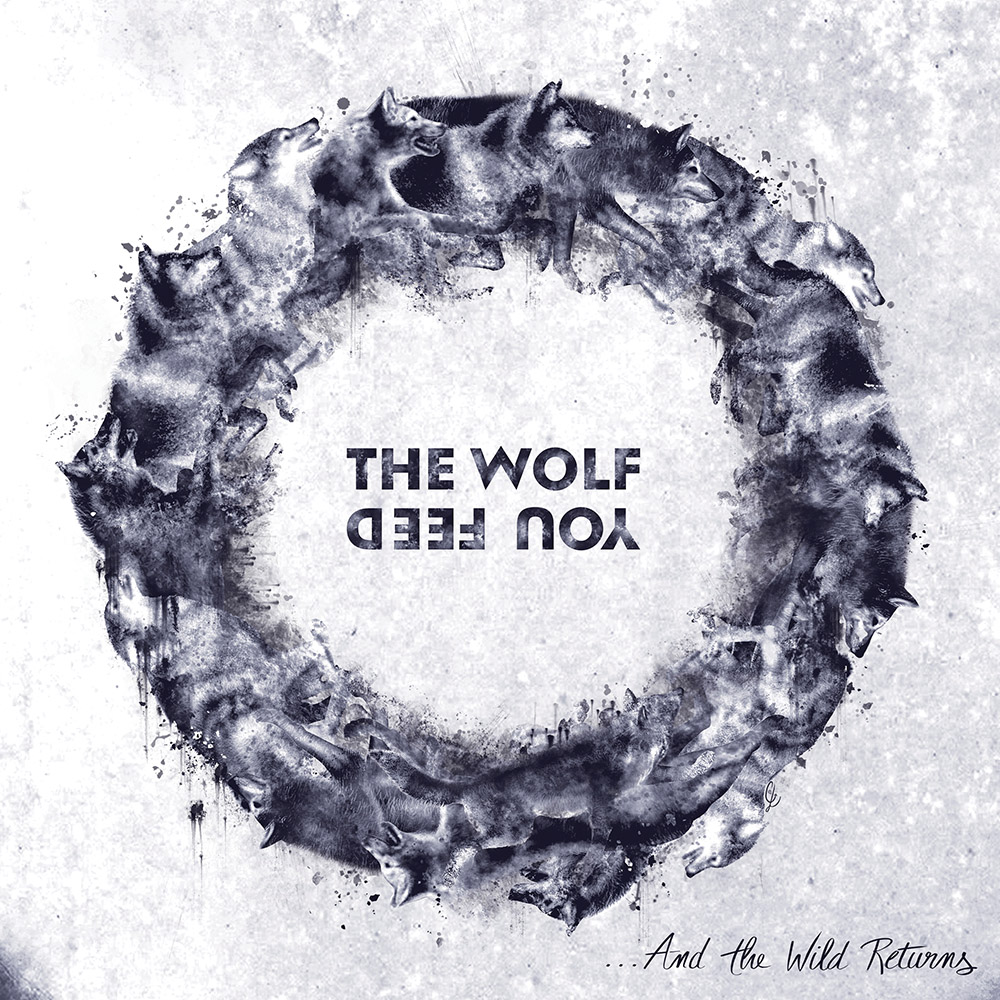
The title of the first album …And the Wild Returns is a tribute to Metallica’s fourth album …And Justice for All.
The album …And the Wild Returns was released on 28th February 2020, when the COVID pandemic hit the world, which was unintentionally ironic, bittersweet and very apropos.
Many parts of this album were composed and written in unusual contexts: on the corner of a table in a café in India, directly after returning from a trip to Chile, in the middle of the night in the Sahara, while walking or cycling, in a cramped plane seat on the way to Athens, in the Eurotunnel with a hairy, bad-tempered wild companion in the rear of a van, … This was made possible by the voice recorder function of a mobile phone!
The track « Victory » is the track on the album with the oldest riffs, dating back to 1999, long before Rammstein and other famous metal acts produced tracks with riffs that are similar to the theme… Believe us!
The critically acclaimed « He Who Brings Destruction » was written by Greg in a matter of hours in April 2011, after returning from a nature expedition in Chile. It was the first time he had picked up his bass again and the frustrations that had built up during the trip crystallised and made him want to get serious!
The eerie vocalisations of « He Who Brings Destruction » are those of Geladas (Theropithecus gelada), an endemic hairy baboon found only in the Ethiopian highlands.
The video for « He Who Brings Destruction » features a cameo by former drummer Benjamin Assouline’s dog. Can you spot it?
The song « Next to Nothing », consisting of 8 intertwined bass tracks, features the babbling of a new-born boy aged 3 and 6 months.
The song « Come Along the Shadows », also known as “CATS”, features vocalisations from the following cat species (in order): Tiger (Panthera tigris), Cheetah (Acynonix jubatus), Clouded leopard (Neofelis nebulosa) and Amur Leopard (Panthera pardus orientalis).
The beep at the end of « Come Along the Shadows » is the signal from a VHF radio collar fitted to a sand cat, recorded from the VHF receiver in the Sahara Desert during Greg’s ecological study of this elusive species between 2015 and 2019.
« Come Along the Shadows » also includes a spoken extract from Oscar Wilde’s poem “The Sphinx” (1884).
An earlier version of the song « 10,000 Eyes » was performed by Greg’s former band Toxic Lily before he left to form The Wolf You Feed.
The lyrics of « Dress Code Blood » were written in the immediate aftermath of the Harvey Weinstein case and were refined after watching the film Gone Girl.
The track « In the sea of insanity » uses the full range of the human vocal apparatus. Put on your best headphones, turn up the volume and listen. You’ll hear murmurs, whispers, cries, laughter, sobs, inhalations and exhalations… all enhancing the sung melodies and the spoken passages!
In addition to the wolf (Canis lupus) cited in the band’s name and all the animal vocalisations mentioned above, the lyrics also include furry, feathered, scaly and cuticle animals. You’ll be able to find references to the cat (Felis catus), the sea Otter (Enhydra lutris), the brown Bear (Ursus arctos), the raven (Corvus corax), the long-eared owl (Asio otus), the domestic fowl (Gallus gallus domesticus) and the praying mantis (Mantis religiosa); as well as locusts, spiders, leeches, the ouroboros snake and the elephants and tortoises so dear to geoterrapinism.
Kalispéra
September 2022
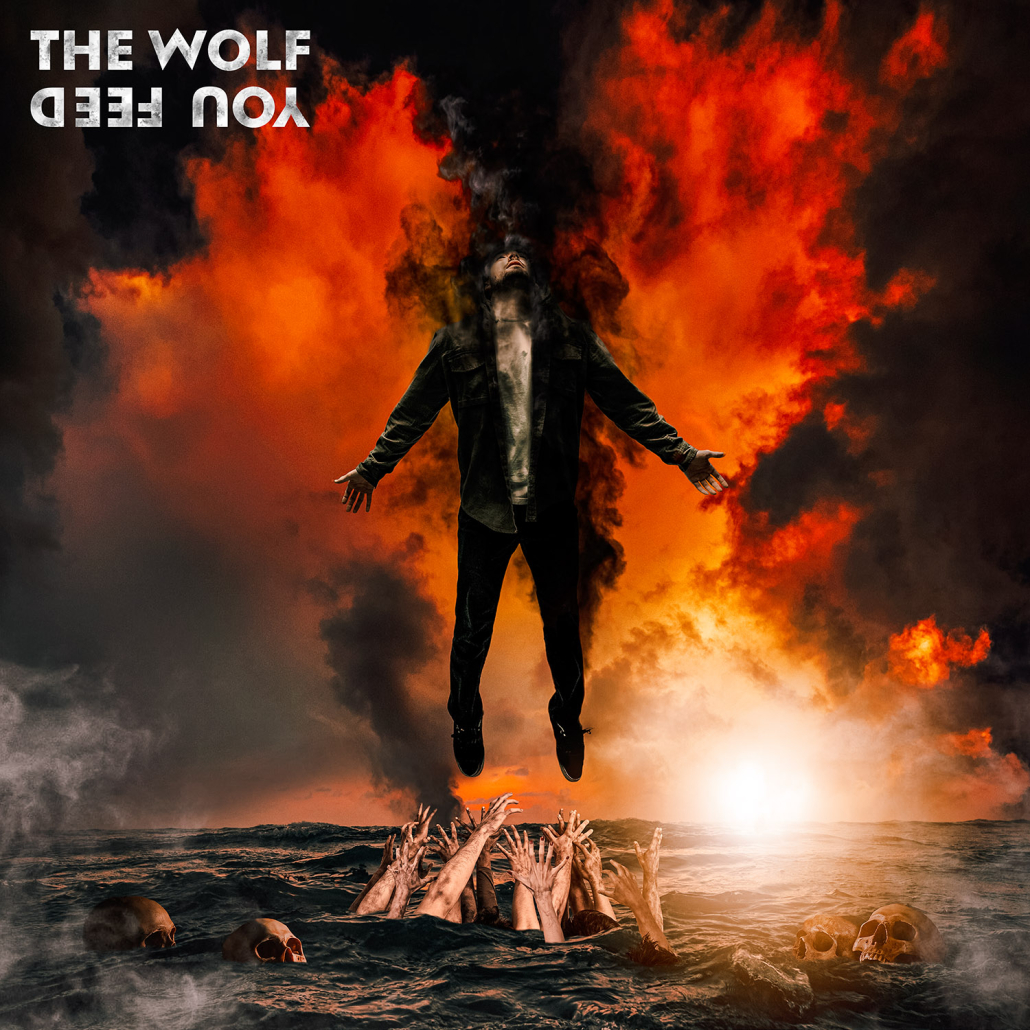
Kalispéra features four incredible and gifted guests, two vocalists and two guitarists: Björk Speed Strid (from Soilwork and The Night Flight Orchestra), Etienne Bianchi (from Shaârghot), Mattias IA Eklundh (from Freak Kitchen) and Karim Attoumane (Zuul FX, CharlElie Couture).
Inspired by the soundtracks of the sci-fi horror film Cube (1997) and the epic blockbuster Dune (2021), « Kalispéra Anthropiá » – the opening track of Kalispéra – is composed entirely of vocal tracks (over 12). From the pumping, heart-like sound that accelerates to match the tempo of the next track, to the multiple layers of eerie voices, keyboard-like sounds, tribal chants, ghostly presences, and anguished screams, everything – except Etienne Bianchi’s lead vocals – was created by Nash with his own vocal track and some magic tricks from Karim.
On « Kalispéra Anthropiá », Nash and Shaârghot’s Etienne Bianchi are like the two wolves from the famous tale behind the band’s name. Who better to embody the black wolf than Etienne, known for dressing in black and having a voice that comes from the belly?
The song « Il danse (pourtant la mort est là) » is some kind of a Frankenstein song with its patchwork of riffs. The composition started when Greg and Nikal realised that they had written complementary opening and closing melodies independently and by chance. The rest of the song was then completed within a week by piecing together several other saved riffs.
Originally intended to be an instrumental track with only some mantra vocals, the vibe and mood inspired much more extensive lyrics and for the first time in French.
The chord progression of the song and the spoken works « No Nature, No Future », which closes the album …And the Wild Returns, were deliberately reused and reworked in Kalispéra’s track « Il danse (pourtant la mort est là) ».
The song « Il danse (pourtant la mort est là) » contains a reference to « He Who Brings Destruction » (Can you hear where?) and some words spoken backwards in French at 2’43 » (Can you work out what they mean?).
The title of « Il danse (pourtant la mort est là) » is a mnemonic for remembering musical modes, with the first letters of the words corresponding to Ionian, Dorian, Phrygian, Lydian, Mixolydian, (A)Eolian, Locrian.
The main riff and lyrical theme of the track « Footprint of Shame« is recycled from a demo track by Greg’s first band Firestorm called « The Story of a Tiny Little Ant« (2003).
The track « Footprint of Shame » includes an excerpt from Sasha Baron Cohen’s speech to the Anti-Defamation League in 2019.
With his guitar solo on this track, Nikal wanted to echo the lyrics, first trying to convey a sense of contemplation about our fate, and then closing with an enigmatic ending that questions the possibility of forgiveness for humanity.
It’s interesting to share that the keyboard track along with the guitar solo was only added during production and was not present and used during the composition process, which was based solely on the simple chord progression in B Phrygian, then modulated in C sharp.
« Yell un silence » was conceived as a movie chase, and both the music and the lyrics were written to convey a sense of urgency and to take the listener along for the ride. More specifically, the lyrics were written while commuting to work, watching two people sitting next to each other chatting on instant messaging. Now it’s up to you to find the connection between the chase and the failure to communicate.
The animal sounds of Kalispéra’s closing track, The March of the Last Giants, are the sounds of flies and rats.
Other fun facts
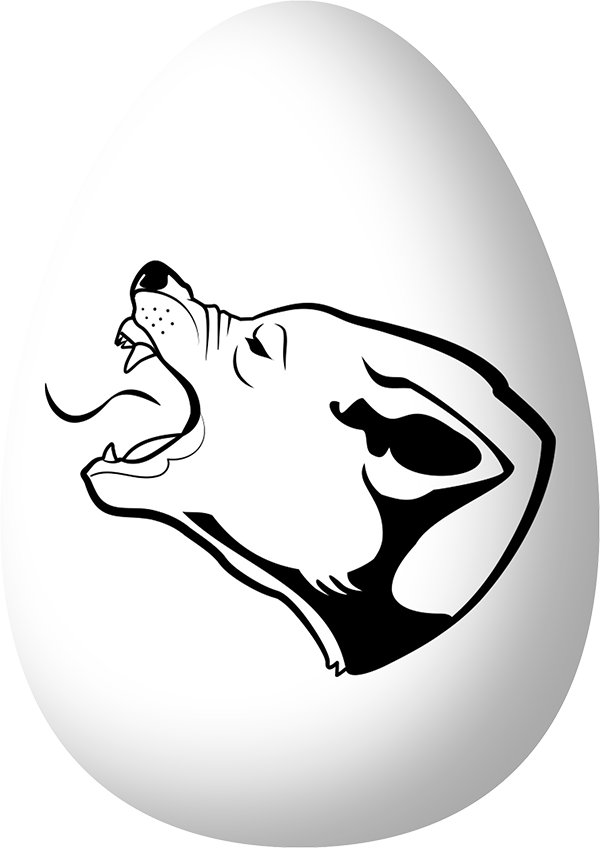
NO! the band’s name does NOT come from Nita Strauss and Alissa White-Gluz’s song of the same name as the band chose its name in 2017 when starting the preproduction of …And the Wild Returns, while Strauss and White-Gluz’s song was released in late October 2022, after the release of Kalispéra. Even more puzzling, before contacting Björn Speed Strid for the featuring on « Footprint of Shame », the band contacted Alissa White-Gluz for this purpose in 2021… Was it just a coincidence?
The band’s name actually comes from the ancient Native American « Tale of the Two Wolves« , the origin of which is controversial and still unknown. In this story, two wolves fight each other, one representing negative emotions and attitudes (such as anger, envy, jealousy, sadness, regret, greed, resentment, superiority, arrogance, self-pity and lies) and the other representing all positive emotions and states of mind (such as joy, peace, love, hope, serenity, generosity, kindness, empathy, compassion and truth). This story has several epilogues that we will leave you to discover. In the context of our band, the name reflects this internal struggle and the desire to freely write and perform different types of songs: whether they are bright, optimistic and joyful, or melancholic, dark and brutal.
